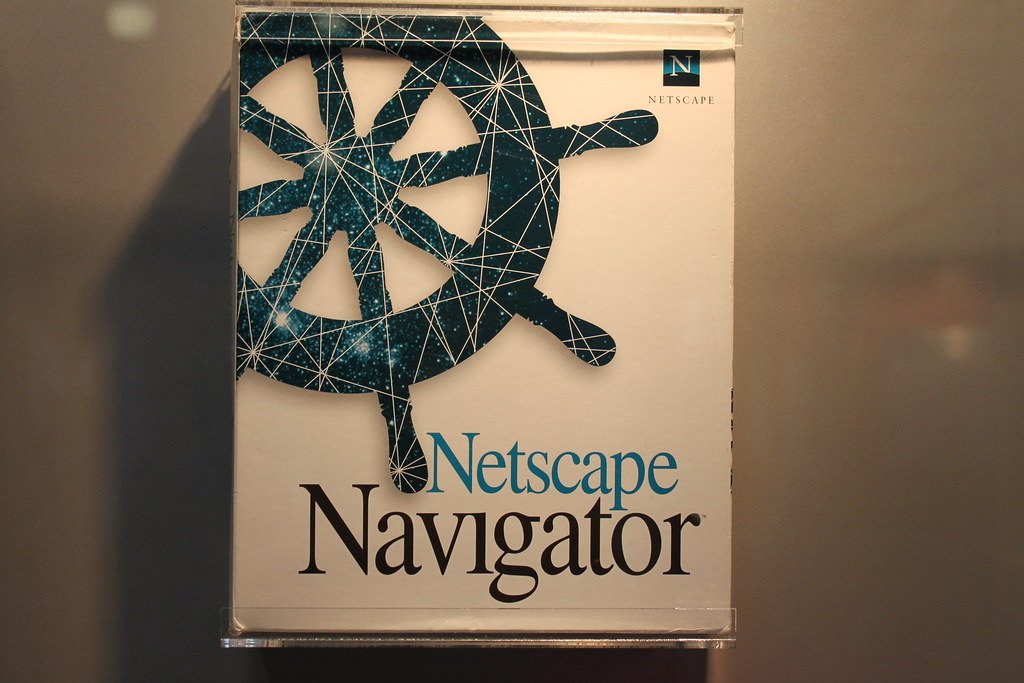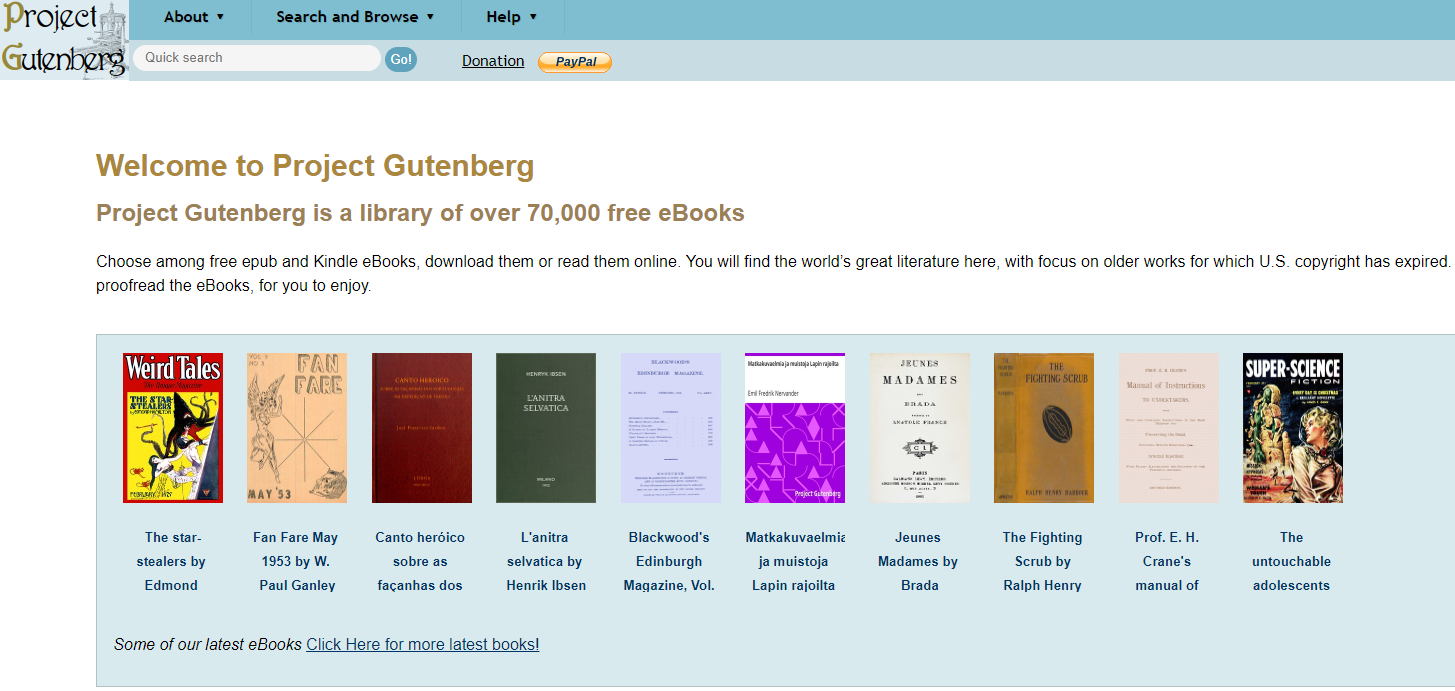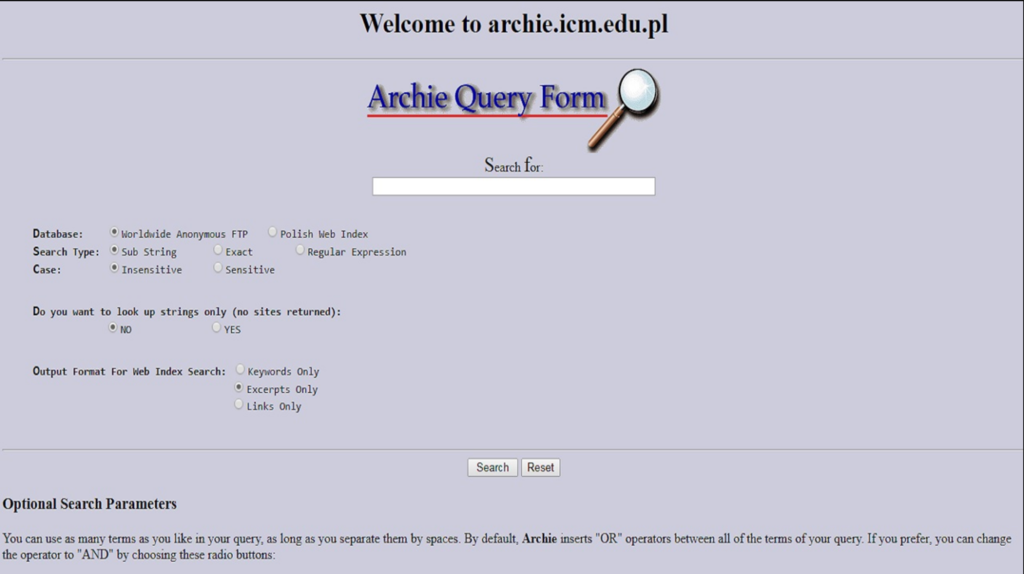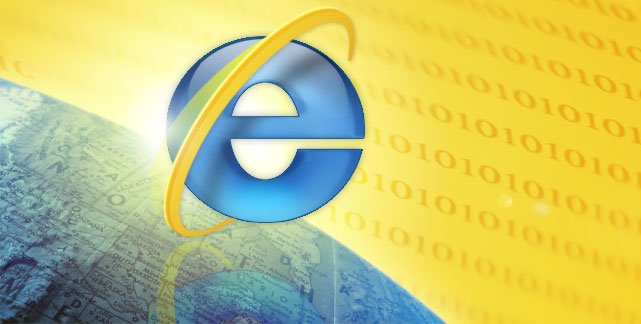In the ever-evolving landscape of the World Wide Web, few names carry as much historical significance as Netscape Navigator. This pioneering web browser played a pivotal role in shaping the internet as we know it today. Join us on a journey through time as we delve into the rich history of Netscape Navigator, tracing its roots, exploring its rise to prominence, and reflecting on its lasting impact on the digital world.
Before diving into the blog, let’s unravel key questions about Netscape, from its origin as Mosaic Communications Corporation to its evolution into Netscape Navigator—the first commercially successful browser with a graphical user interface.
Table of Contents
What was the history of Netscape?
Netscape was initially named Mosaic Communications Corporation; the company underwent a significant transformation, rebranding as Netscape after a trademark dispute with the University, which held the rights to the Mosaic name. Mosaic, the precursor, earned distinction as the pioneering web browser with a graphical user interface (GUI). This transition marked a pivotal moment in the evolution of web browsing, laying the groundwork for Netscape’s historical journey as a trailblazer in the digital world.

What is the Netscape Navigator?
Netscape Navigator, developed in 1994 by Netscape Communications Corporation, stands as a pioneering web browser. It achieved the distinction of being the first commercially successful browser with a graphical user interface, seamlessly integrating images with text. This innovative approach marked a significant advancement in user experience. Notably, the browser was freely available for non-commercial use, contributing to its widespread adoption and establishing Netscape Navigator as a trailblazer in the evolving landscape of web technologies.
Is Netscape Navigator the first web browser?
In 1994, Marc Andreessen founded Netscape and introduced Netscape Navigator, marking a significant milestone in web browsing history. This pioneering browser, the first for general users, enjoyed remarkable success. Its widespread adoption triggered a paradigm shift, initiating the Browser Wars—an intense competition for internet user allegiance. Netscape Navigator not only transformed internet accessibility but also laid the groundwork for the dynamic evolution of web technologies in the years to come.
Addressing the question of whether Netscape Navigator was the first web browser, the answer lies in its 1994 release, marking a groundbreaking move in the evolving war for internet users. As we explore the dawn of the internet age, let’s uncover the fascinating history and enduring impact of Netscape Navigator.
The Dawn of the Internet Age
During the Dawn of the Internet age, which was around 1994, the Internet was in its nascent stages, characterised by limited interactivity and static HTML pages. Tim Berners-Lee introduced the World Wide Web in 1991, but the browsing experience was far from the dynamic and interactive nature we are accustomed to today.
Static HTML Pages and Lack of Interactivity
In the early 1990s, websites were primarily composed of static HTML pages. These pages were basic and lacked the dynamic content we are used to today. Users could view text and images, but the interactivity and multimedia elements were minimal. The browsing experience was limited, making it challenging for users to engage with the content in a more dynamic and user-friendly manner.
Introduction of Netscape Navigator
The significance of Netscape Navigator lies in its role as a game-changer during this era. Launched in 1994, Netscape Navigator was one of the first widely-used web browsers that introduced a graphical user interface, providing users with a more visually appealing and intuitive way to navigate the internet. It played a crucial role in popularising the World Wide Web by making it more accessible and user-friendly. Netscape Navigator’s innovations, such as support for images and a more interactive browsing experience, paved the way for the development of modern web browsers and laid the foundation for the graphical and dynamic internet we know today.
Enter Netscape Communications Corporation

In the rapidly evolving digital landscape, Netscape Communications Corporation emerged as a transformative force. Founded in April 1994 by Jim Clark and Marc Andreessen, the company embarked on a mission to enhance the internet, making it more user-friendly and visually appealing. This vision materialised in the form of Netscape Navigator, a revolutionary web browser poised to redefine the landscape of online interaction.
Pioneering the Evolution of Internet Browsing
Netscape Communications Corporation played a pivotal role in propelling the evolution of Internet browsing by addressing the constraints of existing platforms.
In the mid-1990s, web browsing was confined to static HTML pages and text-based interfaces. Netscape Navigator, equipped with a graphical user interface and innovative features, ushered in a dynamic and visually engaging browsing experience. This transformation marked a significant departure from the internet’s early days, laying the groundwork for the modern, interactive web we experience today.
Visionary Founders Shaping the Future
The founders, Jim Clark and Marc Andreessen, infused Netscape Communications Corporation with a blend of entrepreneurial vision and technical expertise. Clark, boasting experience in the technology industry, and Andreessen, renowned for co-authoring the Mosaic browser, shared a common goal of making the internet more accessible and user-friendly. Their collaborative efforts materialised in Netscape Navigator, a product that not only showcased their technical prowess but also reflected their commitment to revolutionising the landscape of online communication.
Technological Innovations of Netscape Navigator
Netscape Navigator introduced groundbreaking technological innovations that set it apart from its predecessors. Its graphical user interface offered users an intuitive and visually appealing means of navigating the web. Furthermore, Netscape Navigator’s support for images positioned it as one of the pioneers in seamlessly displaying multimedia content. These technological advancements contributed to the widespread adoption of Netscape Navigator and represented a substantial leap forward in the capabilities of web browsers.
Propelling the Popularisation of the World Wide Web
Netscape Navigator played a pivotal role in propelling the popularisation of the World Wide Web. By providing a user-friendly and visually engaging browsing experience, it facilitated broader access to the internet. The success of Netscape Navigator became a driving force behind the widespread adoption of the World Wide Web, bridging the gap and bringing the internet closer to the masses. This success story set the stage for subsequent advancements in online communication and information dissemination.
The Release of Netscape Navigator 1.0

The launch of Netscape Navigator 1.0 on December 15, 1994, was a landmark moment that fundamentally transformed the landscape of internet exploration. Prior to its release, internet navigation primarily relied on text-based interfaces, limiting accessibility and engagement. Netscape Navigator 1.0, however, introduced a graphical user interface (GUI), a groundbreaking feature that revolutionised the user experience. This shift from text-based interfaces to a visually intuitive design made internet navigation more accessible to a broader audience, fostering a significant bridge between the technologically proficient and the general public. Netscape Navigator’s user-friendly design not only facilitated easier web exploration but also played a pivotal role in laying the groundwork for the widespread adoption of the internet as an integral part of daily life.
The debut of Netscape Navigator 1.0 was not merely a browser release; it represented a pivotal moment in internet history. The introduction of a graphical user interface not only enhanced accessibility but also contributed to the democratisation of online access, making the internet more approachable for individuals from diverse backgrounds. Netscape Navigator’s user-friendly design became a catalyst for the popularisation of web browsing, setting the stage for the internet’s evolution into a ubiquitous and user-centric medium.
Revolutionary Attributes of Netscape Navigator 1.0
Netscape Navigator 1.0, a pioneer in the early days of web browsing, showcased a range of groundbreaking features that significantly distinguished it from its contemporaries. Notably, one of its standout attributes was the introduction of image support, allowing users to view pictures alongside textual content seamlessly. This seemingly straightforward feature had a profound impact on the browsing landscape, ushering in an era of a more visually engaging and multimedia-rich internet experience.
Furthermore, Netscape Navigator 1.0 played a pivotal role in shaping the modern web by incorporating support for the HyperText Transfer Protocol (HTTP) and the HyperText Markup Language (HTML). This strategic move laid the foundation for the fundamental technologies that underpin the Internet today. By embracing open standards and protocols, the browser contributed to the establishment of a more interoperable and collaborative online environment, setting the stage for the evolution of the web.
Key features of Netscape Navigator 1.0:
Image Support
Netscape Navigator’s inclusion of image support was revolutionary, enabling users to seamlessly integrate visual elements with text, thus enhancing the overall browsing experience and paving the way for a more multimedia-oriented internet.
HTTP and HTML Support
The introduction of support for the HyperText Transfer Protocol (HTTP) and the HyperText Markup Language (HTML) was instrumental in shaping the modern web. Netscape Navigator’s adoption of these foundational technologies laid the groundwork for the standardised communication and presentation of content on the internet.
Commitment to Open Standards
Netscape Navigator’s commitment to open standards and protocols marked a departure from proprietary approaches, fostering a more interoperable and collaborative online environment. This dedication played a crucial role in establishing a foundation for a universally accessible and evolving web.
The Browser Wars: Netscape vs. Microsoft Internet Explorer
The Browser Wars, a fierce rivalry between Netscape Navigator and Microsoft’s Internet Explorer (IE) in the late 1990s, marked a pivotal chapter in the history of web browsers. Netscape Navigator initially held the upper hand, gaining popularity for its pioneering features. However, Microsoft recognised the internet’s potential and strategically bundled Internet Explorer with its Windows operating system, securing a significant advantage in distribution.
The battleground for user preference intensified as both browsers engaged in aggressive competition. Microsoft’s powerful integration tactics, particularly bundling IE with Windows, played a key role in eroding Netscape Navigator’s market share. This shift reflected a significant turning point as Netscape, despite its early dominance, began facing challenges in maintaining its position against Microsoft’s assertive marketing strategies.
The Browser Wars had far-reaching implications for the development of web technologies. Both companies pushed the boundaries of innovation, introducing new features and functionalities in a bid to outdo each other. This competitive environment fostered rapid advancements in browsers, shaping the internet experience for users and laying the groundwork for the evolving landscape of web technologies in the years to come.
The Rise and Fall of Netscape Communications Corporation

Netscape Communications Corporation’s post-1995 IPO success reflected industry optimism about the internet’s potential. However, facing fierce competition and internal challenges, the company witnessed a decline in market share. Netscape responded strategically in 1998 by open-sourcing its browser code, giving birth to the Mozilla project—an influential moment in the company’s evolution and the open-source community.
IPO Success and Optimism
Netscape’s 1995 IPO was a resounding success, with soaring stock prices reflecting industry optimism. It signaled Netscape’s pivotal role in shaping the internet’s future, inspiring confidence in investors. The IPO not only secured financial strength but also positioned Netscape as a trailblazer in technological innovation.
Intense Competition and Market Decline
Fierce competition, particularly from Microsoft, and internal challenges led to a substantial decline in Netscape’s market share. Once a dominant player, Netscape faced hurdles in adapting to evolving industry dynamics, marking a turning point in its position within the fiercely contested browser market.
Open-Sourcing and the Birth of Mozilla
Facing market challenges, Netscape strategically open-sourced its browser code in 1998, birthing the Mozilla project. This shift symbolised a commitment to collaborative, community-driven development, steering Netscape into a new era. The decision not only adapted to challenges but also shaped the broader landscape of browser technology development.
Mozilla and the Birth of Firefox
The inception of the Mozilla project, initiated to carry forward the development of Netscape browser’s source code, culminated in the establishment of the Mozilla Foundation in 2003. A pivotal outcome of this foundation was the creation of the Firefox web browser, which rapidly gained acclaim for its swiftness, robust security features, and dedication to open standards.
The enduring legacy of Netscape Navigator persisted within the open-source community, where collaboration among developers and enthusiasts refined and elevated the browser’s code. The transition from Netscape Navigator to Mozilla Firefox marked a transformative phase in web browsing, characterised by community-driven development and an unwavering commitment to user privacy.
The distinctive features that contribute to Firefox’s acclaim:
Exceptional Speed
Mozilla Firefox is renowned for its exceptional speed and responsiveness. Fueled by an efficient rendering engine and optimised code, the browser ensures quick page load times, providing users with a seamless and expeditious browsing experience.
Robust Security Measures
Firefox places a strong emphasis on user security through regular updates, swift patching of vulnerabilities, and the integration of privacy features such as Tracking Protection and Enhanced Tracking Protection. These measures bolster the overall security stance of the browser, shielding users from online threats and safeguarding their privacy.
Commitment to Open Standards
Firefox’s commitment to open standards ensures compatibility with a diverse array of websites and web technologies. This dedication not only fosters a more inclusive and accessible web but also prevents the establishment of proprietary barriers that could impede user choices and online experiences.
Customisation through Add-ons and Extensions
A standout feature of Firefox is its extensive library of add-ons and extensions. Users can tailor their browsing experience by effortlessly incorporating various extensions that cater to their specific needs, ranging from enhancing security to improving productivity. This versatility makes Firefox a highly customisable browser, empowering users to shape their online interactions according to their preferences.
Netscape Navigator’s Lasting Impact
While Netscape Navigator may have faded from the forefront of web browsing, its impact on the digital landscape remains indelible. Several aspects of its legacy continue to influence the way we navigate and interact with the internet today:
Open Standards Advocacy
Netscape Navigator played a crucial role in promoting open standards and protocols. This advocacy laid the groundwork for the development of an interoperable web where different browsers could render websites consistently. The principles championed by Netscape continue to guide web development practices.
Multimedia Integration
The introduction of image support in Netscape Navigator was a watershed moment in the history of the web. Today, multimedia content is ubiquitous, and the seamless integration of images, videos, and interactive elements can be traced back to Netscape’s pioneering efforts.
Community-Driven Development
The decision to open-source Netscape Navigator’s code paved the way for collaborative, community-driven development. This ethos persists in modern open-source projects, emphasizing transparency, collaboration, and the collective pursuit of technological advancement.
The Browser as a Gateway
Netscape Navigator played a pivotal role in popularising the internet and making it accessible to a broader audience. The browser served as the gateway for countless individuals venturing into the digital world for the first time, shaping the way we consume information and connect with the world.
As we reflect on the history of Netscape Navigator, it becomes evident that this pioneering web browser was more than just a tool for navigating the internet. It was a catalyst for change, a driving force behind the evolution of the web into the dynamic, interconnected space we know today. Netscape Navigator’s legacy lives on in the principles it championed, innovations it introduced, and the lasting impact it had on the digital landscape. While the browser itself may have faded into obscurity, its influence endures, reminding us of the transformative power of technology and the individuals who dare to shape the future.












